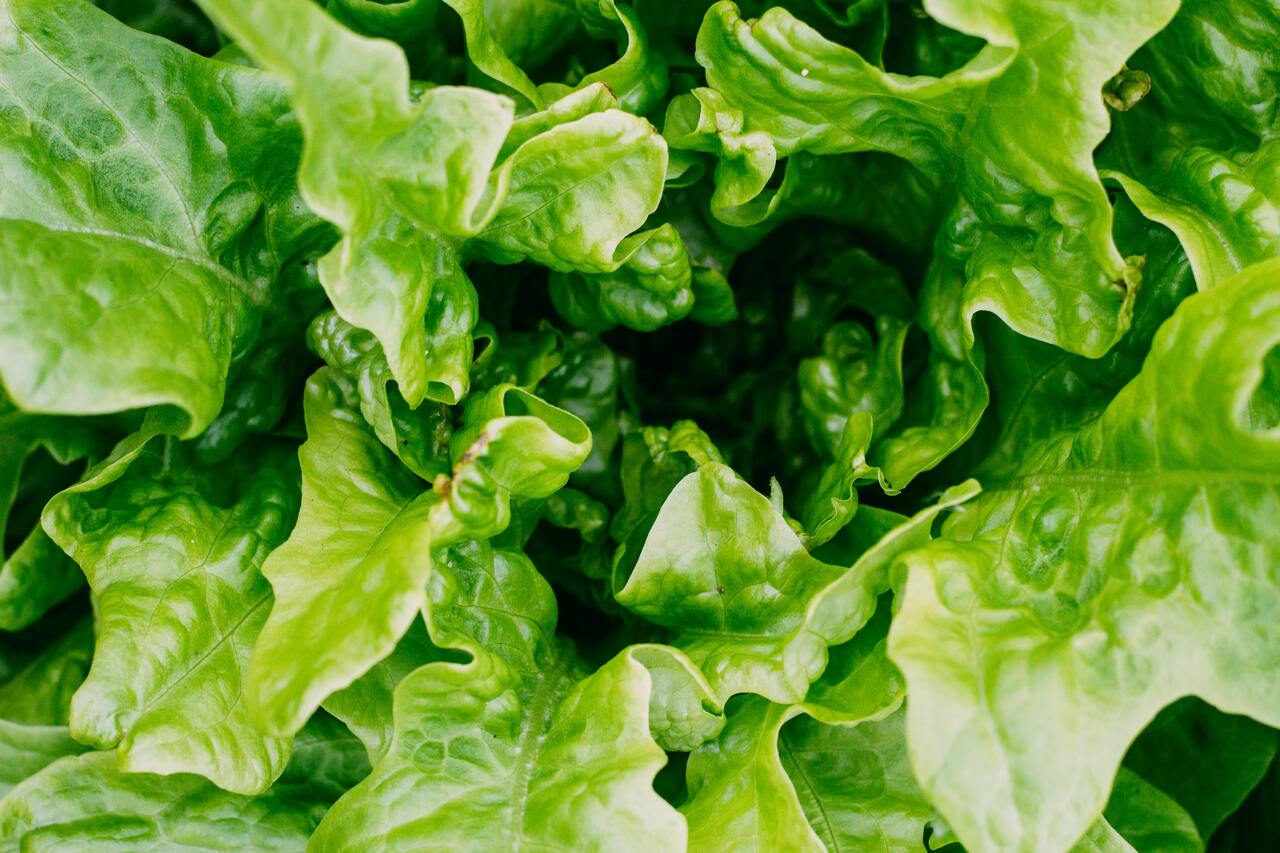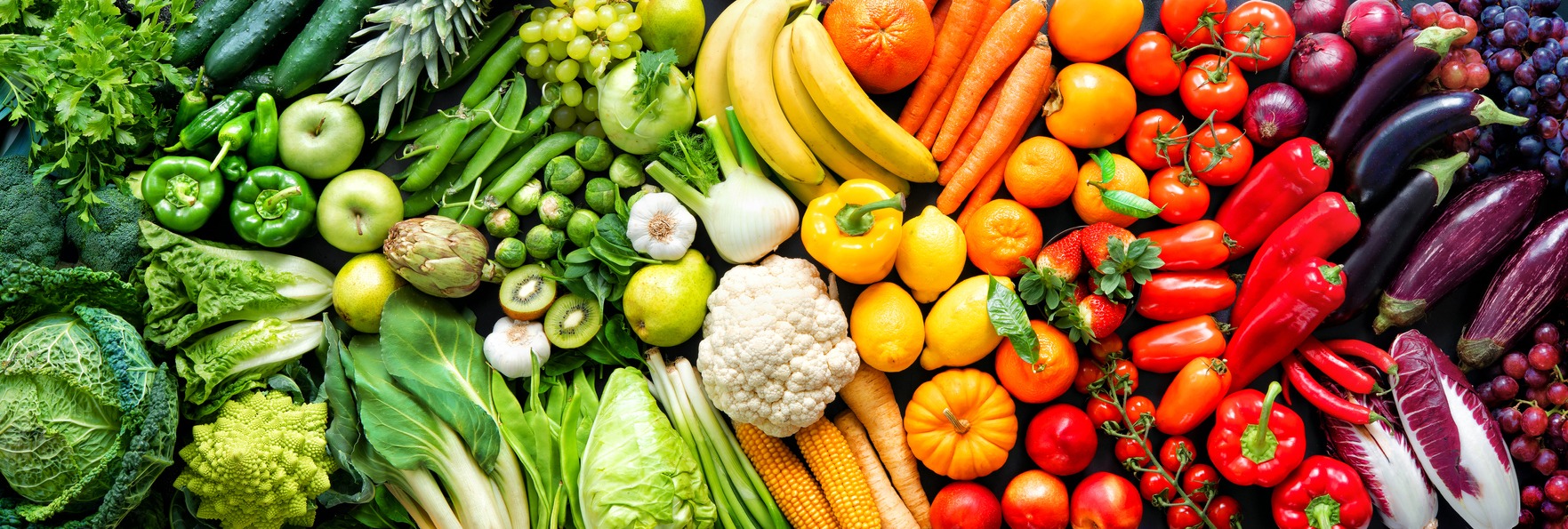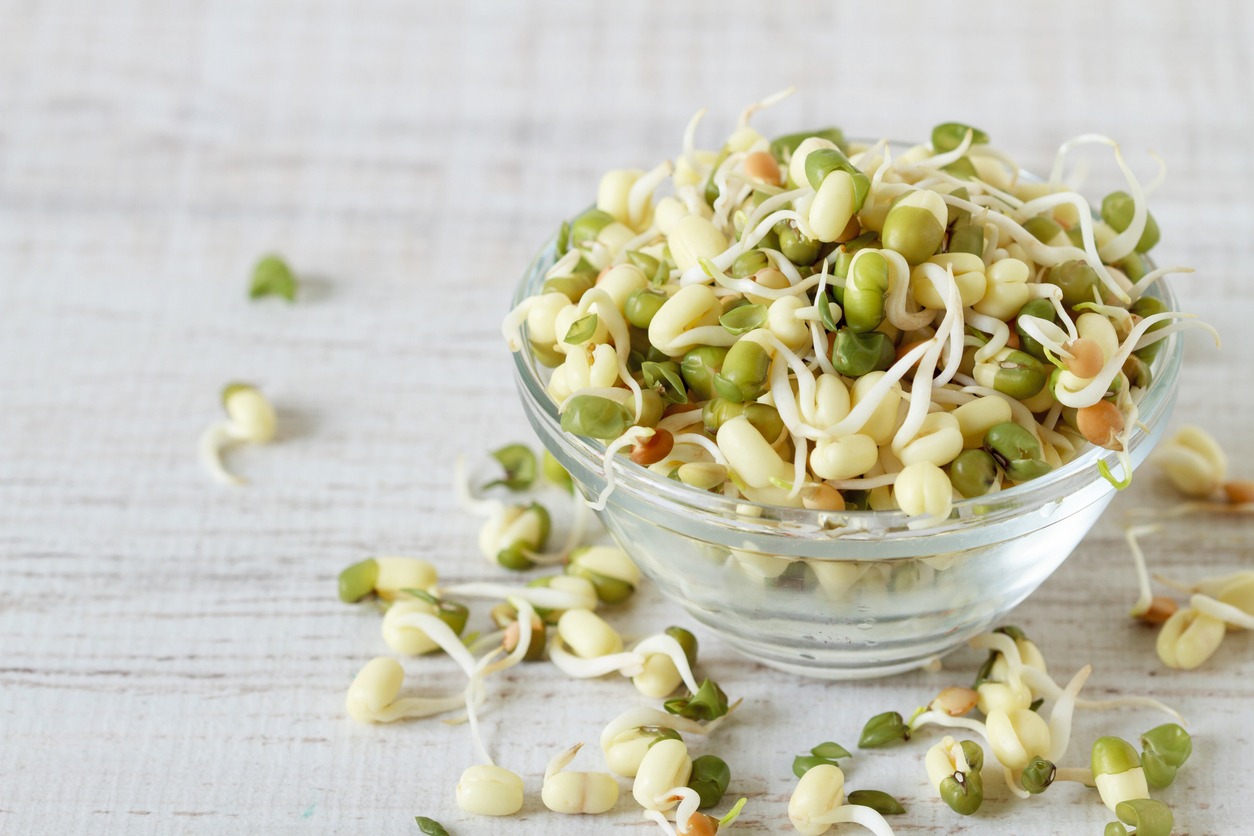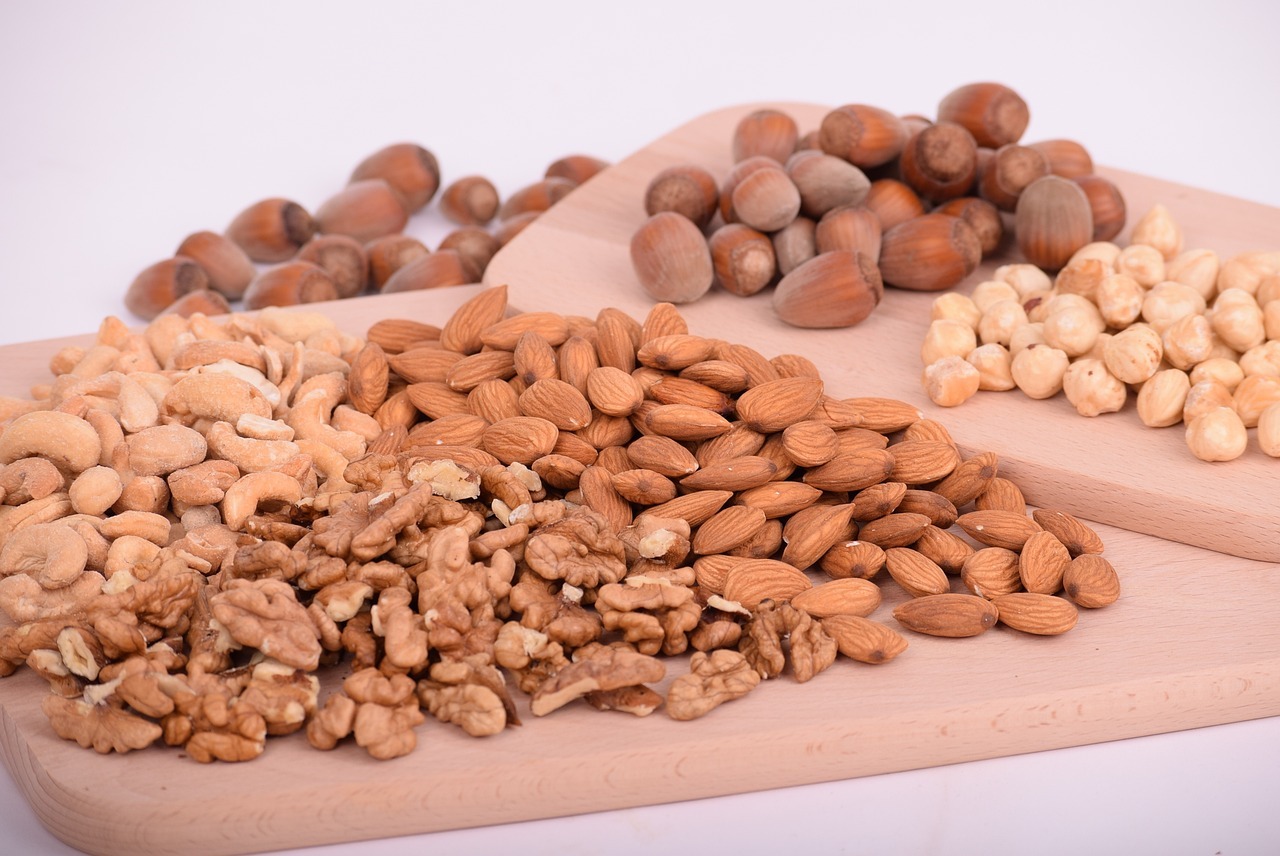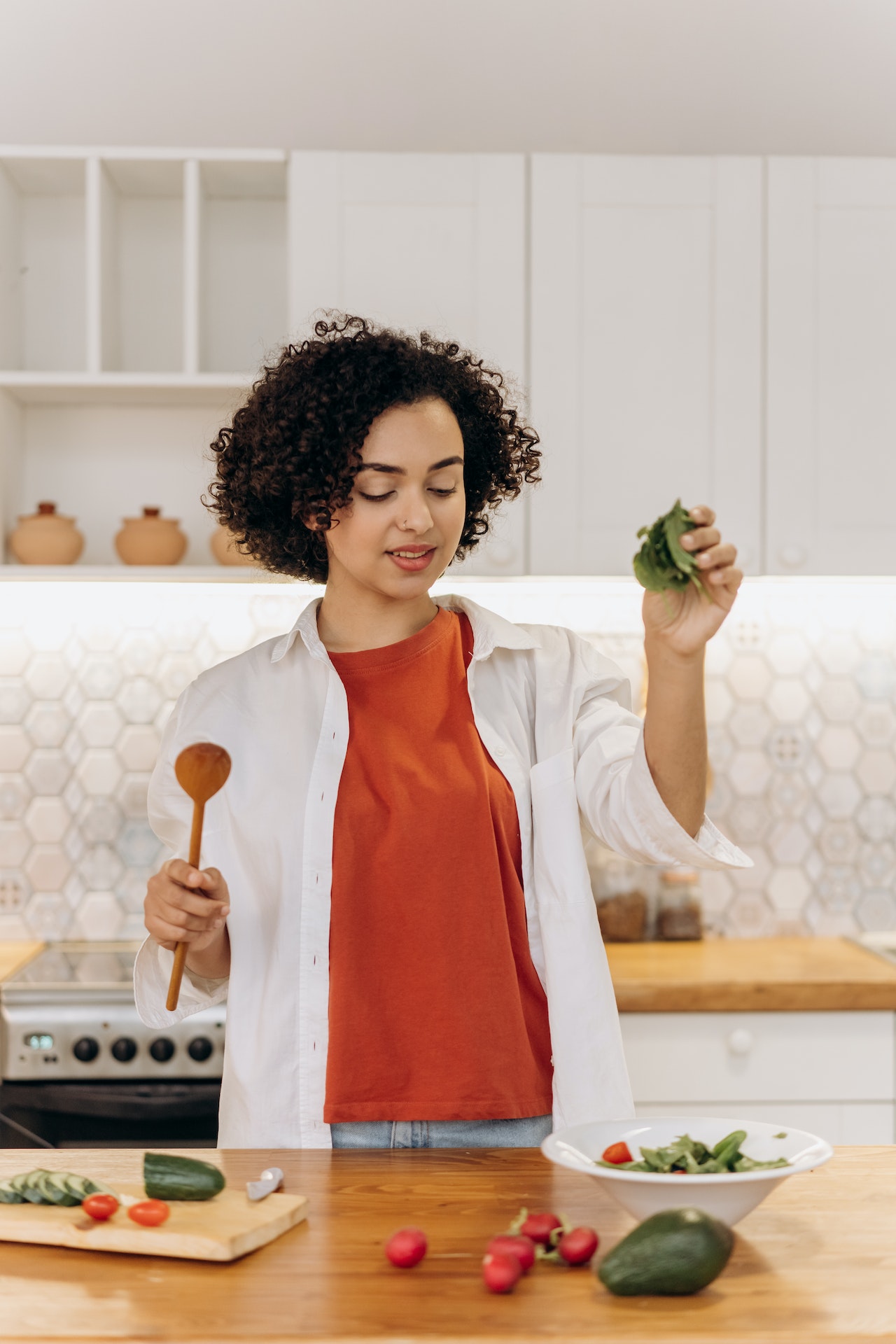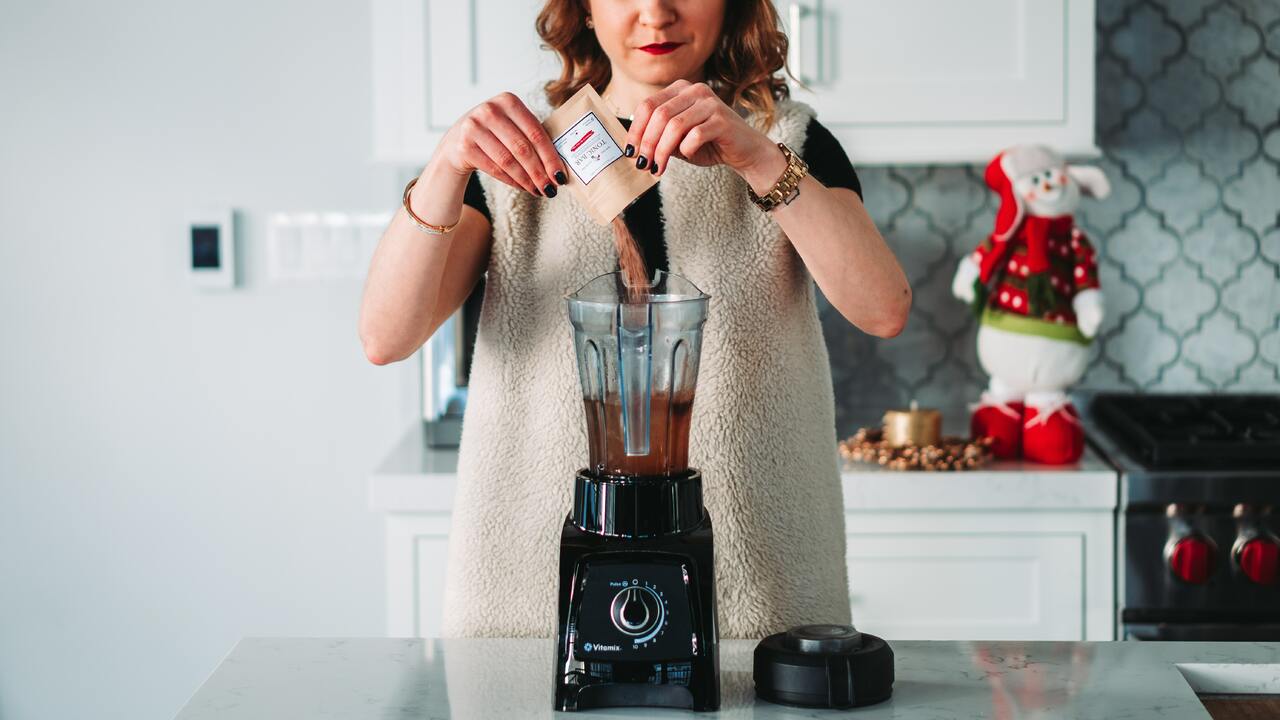A raw food diet is a type of diet that focuses on uncooked and unprocessed food. If you want to adapt this diet, it doesn’t mean you aren’t allowed to eat anything cooked – raw food can comprise around 50% or more of your daily diet. Raw food dieters sometimes include raw meat, fish and dairy into their diets, but most of raw diets are composed of fruits, vegetables, grains, nuts and seeds. Any raw food must not be cooked or heated above 118 degrees Fahrenheit. The key to maintaining this type of diet is thorough planning, consuming enough calories, and making sure your fridge and pantry is stocked with your favorite raw foods.Before you start your raw food diet, make sure you know these major tips for preparing your raw foods:
1. Keep your fridge stocked with leafy greens
Leafy green vegies are very important part of a raw diet. You can use them in salads, soups, smoothies, juices and blended dressings. These can also be used as substitutes for tacos and burrito wraps. Keep your fridge stocked with lettuce (try different kinds of lettuces), spinach, kale, collard greens, kale, beet and turnip greens and dandelion greens.
2. Buy a lot of fruits and vegetables
Fresh fruits and veggies make up the majority of a raw food diet. They are great sources of fiber, vitamins, minerals, enzymes and calories. Eat fruits whole, juice them, blend them or dry them if you like. Frozen fruits are also considered as raw. Superfoods like goji berries, cacao nibs, raw cacao powder and carob powder are also considered as raw food permitted on this type of diet.
As mentioned above, vegetables can be included in salads, soups, juices and smoothies, and dressings, or eaten raw. Some hard vegetables can also be pickled or made into noodles.
Because you need to stock up with a lot of these, your crisper must look so colorful. Here are some produce to pick per color:
- Red – Apples, tomatoes, red peppers, strawberries, cherries, pomegranates, red cabbage
- Orange – Oranges, carrots, pumpkins, mangoes, peaches, papayas, persimmons
- Yellow – Bananas, lemons, pineapples, yellow pears, yellow summer squash, yellow peppers, yellow zucchini
- Green – Leafy greens, avocado, green beans, broccoli, asparagus, celery, cucumbers, kiwi, green peppers, green apples, green pears, okra
- Blue and violet – Blackberries, blueberries, plums, eggplant, grapes, prunes, purple cabbage, purple potatoes, red onions
- White – Garlic, onions, turnips
3. Buy different grains, beans and legumes
Try out a variety of different grains and include them in your raw food diet. Whole grains such as buckwheat, millet, kamut, oats, quinoa, wheat germ, wild rice, and spelt are all permitted in a raw food diet, but these foods must be sprouted or germinated. Legumes and beans like lentils, peas, mung beans, adzuki beans and chickpeas must also be present in a raw food diet. You can eat these legumes after they have been soaked and sprouted. Other beans like soy, kidney and fava beans are unsafe to eat raw, so you can either include them in the cooked portion of your diet or avoid them if you’re trying to eat more raw foods as possible.
4. Stock up nuts and seeds
Look out for raw and preferably organic nuts and seeds, as these are a crucial part of a raw diet. These foods provide protein, healthy fats, calories and other vital nutrients you need. As long as it’s not roasted, boiled or cooked in any way, you can eat any kind of nut and seed you like. You can munch on them raw, include them in salads, mix them with grains, or use in pesto, smoothies, butters, cheeses, cream, ice cream, non-dairy milk and gravy. You can also use a dehydrator to make raw flax seed crackers or raw chia.
5. Keep a stock of raw oils
Most cooking oils in the market are processed at high heat, so they aren’t considered raw. Choose raw oils like chia oil, raw coconut oil, butter, raw hemp seed oil, raw flaxseed oil, cold-pressed coconut oil and cold-pressed extra-virgin olive oil. These provide healthy fats and you can mix them with your meals such as in salads.
6. Don’t forget snacks
Stock up on raw snacks instead of getting those processed snacks you can buy on stores. You can snack on dates, prunes, raisins, dried fruits, dried coconut and raw cacao.
7. Keep herbs, spices and condiments handy
Going on a raw food diet doesn’t mean you have to eat plain and boring. While table salt is not permitted, you can use these other flavorings for your foods:
- Apple cider vinegar
- Basil
- Cayenne
- Chives
- Raw chocolate
- Ground cinnamon
- Pepper
- Curries
- Dill
- Ginger root
- Raw soy sauce
- Parsley
- Vinegars
- Raw vanilla beans
- Date sugar
- Raw agave nectar
- Coconut nectar
- Raw honey
8. Try out fermented foods
Foods that are produced by fermentation are okay to add on a raw food diet. You can try out coconut kefir, sauerkraut, kimchi, miso paste, coconut yogurt and raw macadamia nut cheese. These foods can add a tasty kick to your raw meals.
9. Rinse fruits and vegetables well and chop them up
Since fruits and veggies are staples in a raw diet, be accustomed to preparing them. First of all, you have to wash them under running water and rinse thoroughly. For hard produce that touched the ground, you can scrub it hard using a vegetable brush. Pat them dry, then remove cores, stems, seeds and anything inedible. For greens, you can pat them dry or spin them in a salad spinner to keep them dry. Moisture is the main enemy of lettuce and other salad greens, so make sure they are dry so they will last longer. Chop the large fruits and veggies before you incorporate them to your meals. For smaller fruits like cherries and berries, it’s best to eat them whole.
10. Prepare salads
Salads are a staple meal for raw food dieters. You can make one with any combination of fruits and veggies and nuts you want. To make a salad, simply toss together your combination of fruits and veggies (or fruits only and veggies only) on a large bowl, add nuts and seeds if you like, add dried fruit and dress it with raw oils or favorite toppings before you serve it. If you plan to make a salad that you will store in the fridge, don’t add dressing yet and just add them before you eat them.
11. Make yourself some cold soups
Hot soup is not a part of a raw diet, but you can make raw soups with uncooked fruits and vegetables. It is usually made of produce that is juiced, with some chopped fruits or vegetable pieces plus herbs and spices.
12. Use juicers and blenders
Using blenders and juicers are essential for a raw food diet to add variety, and so you can drink produce if you don’ like eating them. You can juice about any fruit or vegetable in any combination. You can also use juicers and blenders to make smoothies, soups, hummus and pesto.
13. Sprout and soak nuts, seeds and grains
Sprouting and soaking beans, legumes, nuts and seeds make it easier to digest, while still avoiding cooking them so all the nutrients are still intact. You can also get better results with your home made nut milks and pates if the nuts were soaked.
The length of time you need to soak different types of nuts varies depending on their kind. For cashews, 2 hours is enough; for almonds, around 8-12 hours; and for mung beans, you need to soak them for the whole day (24 hours). It’s better to soak foods overnight, so the time is running and your foods are getting softer while you sleep. Make sure you give yourself at least 24 hours to soak or sprout because it can take time.
First, you have to rinse the beans, nuts, legumes and seeds. Then you can place them in a glass container like jars, and add room-temperature purified water. Soak them at room temperature overnight. Then once soaking is done, you can rinse them a couple of times before adding them to your recipes.
Once soaked, some seeds, legumes and beans can be sprouted. Sprouts are very nutritious. Place them in a container and leave them at room temperature. The seeds, beans and legumes will open and sprouts can grow from it. Rinse them and drain them well, then you can store them in an airtight container and keep them in the fridge for up to 5 days.
14. Dehydrate foods
Raw foods can be gently heated through a dehydrator or a low oven, as long as you keep the temperature below 115 degrees Fahrenheit. Dehydrators have heating elements that warms food at low temperatures, with a fan inside that blows the warm air across the food. It can be used for fruits, vegetables, meat and bread alternatives. Through dehydration, you can make sun-dried tomatoes, raisins, kale chips, breads, croutons, crackers and fruit leathers.
